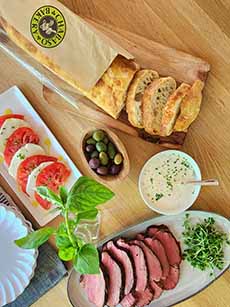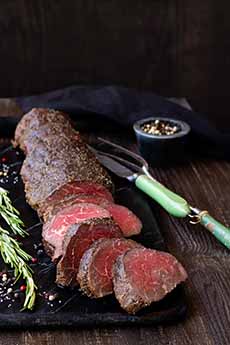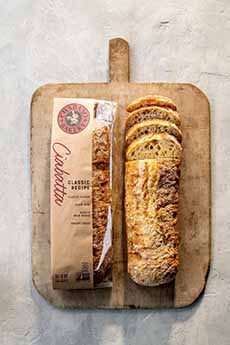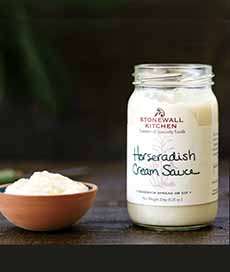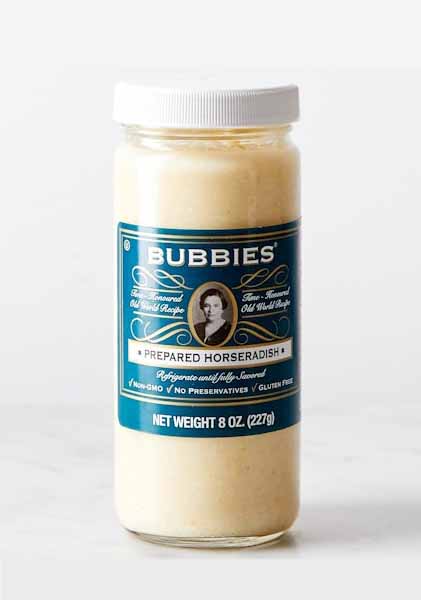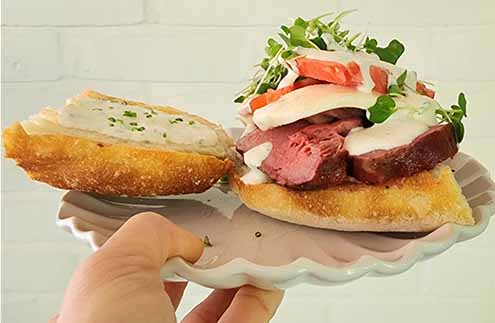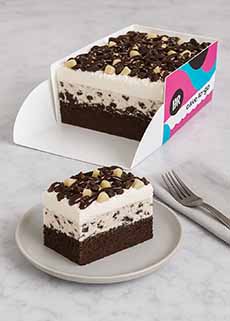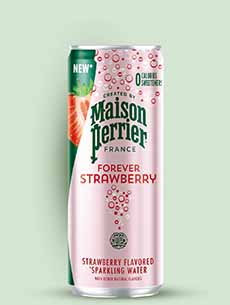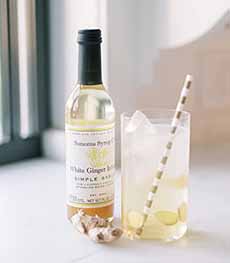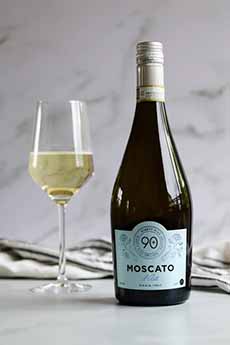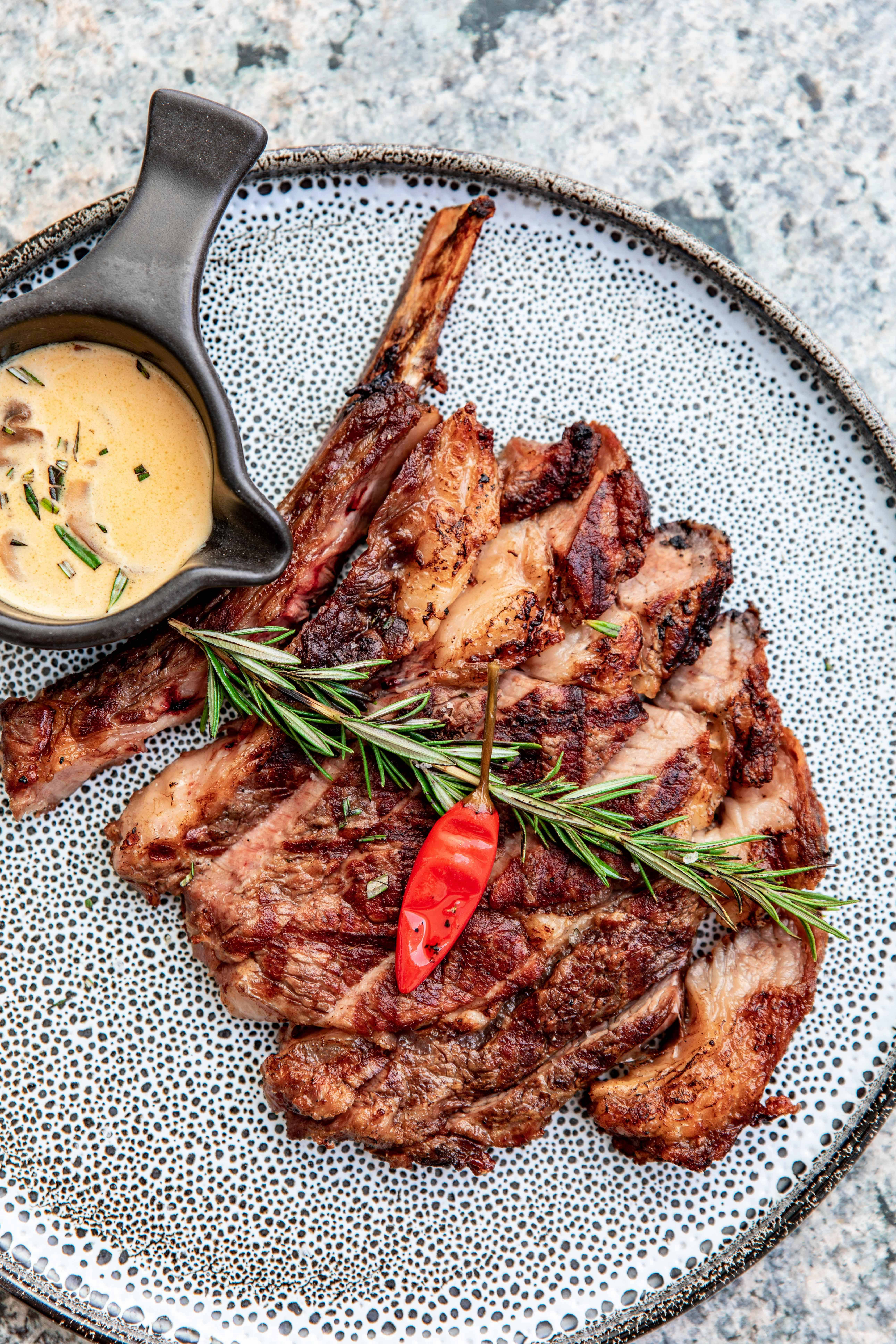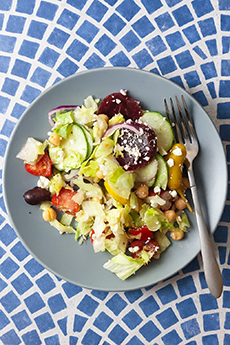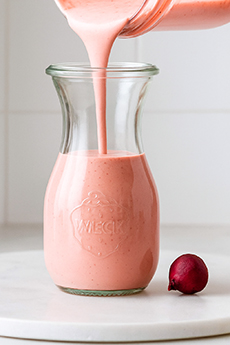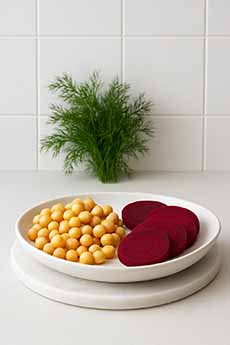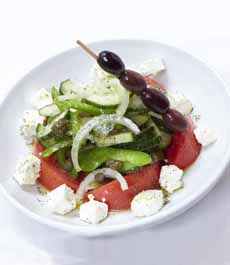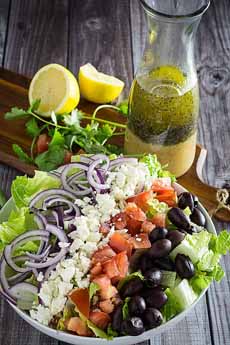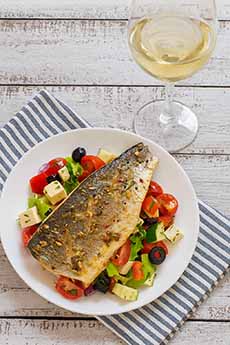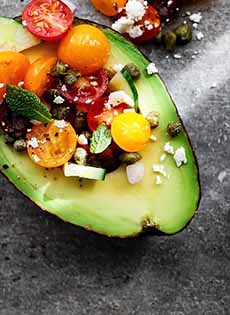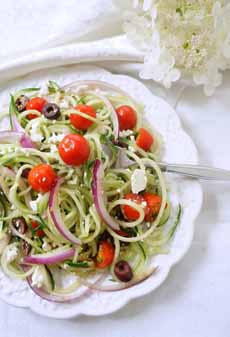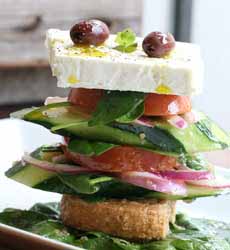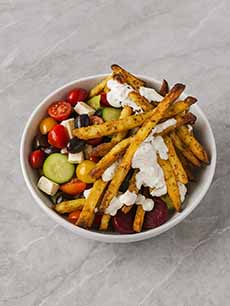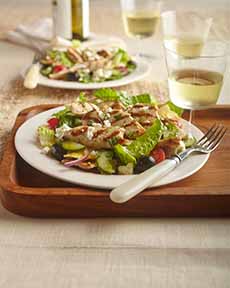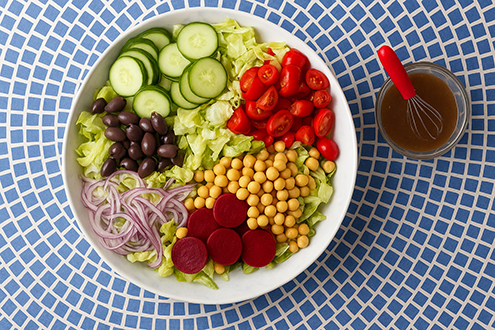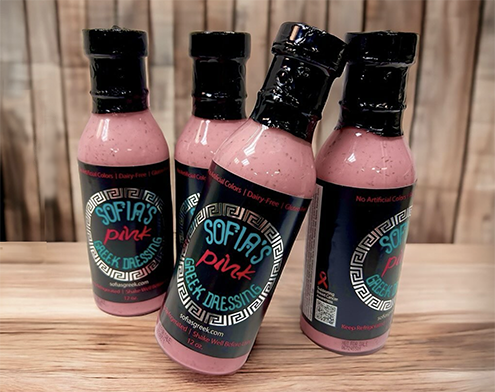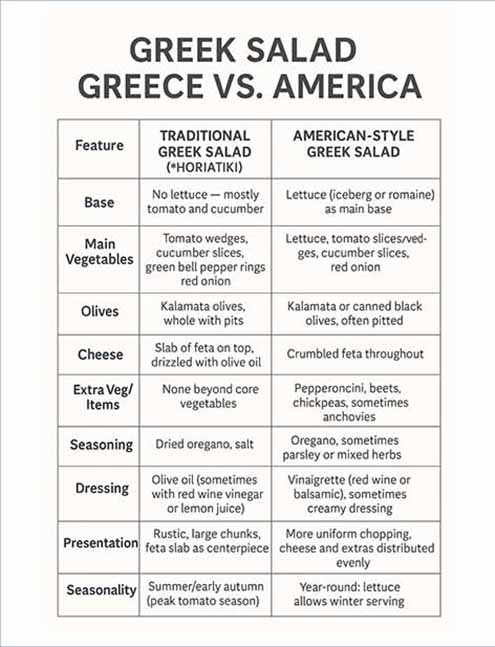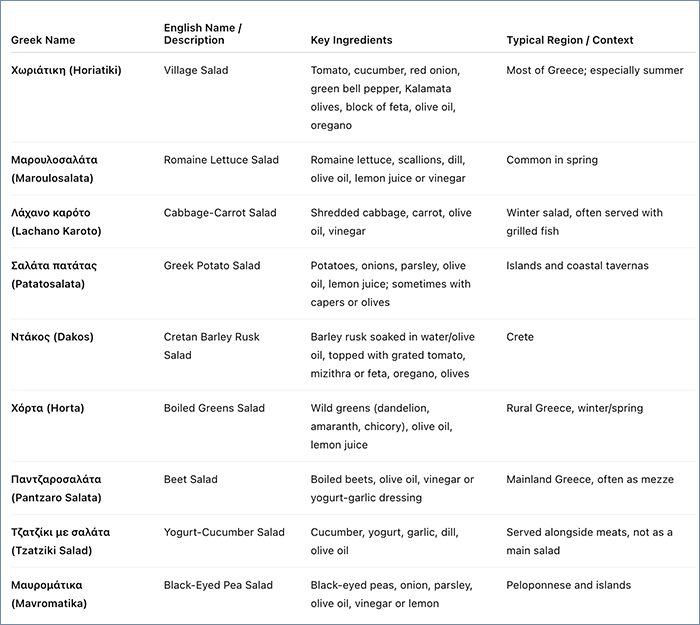|
Why is National Red Wine Day on August 28th? Isn’t red wine for cooler weather?
Not all red wine!
If you prefer red wines, there’s no reason to reach for a chilled white or rosé just because the thermometer has risen. You just need to look for styles that are light- to medium-bodied, fruit-forward, and lower in tannins.
California’s diverse selection of red wines prove that wonderful reds that know no season, ready for summer pours. You can even serve summer reds slightly chilled (about 15–20 minutes in the fridge).
Here are five California reds for summer sipping, with food pairings to bring out the best in the particular grape. We present them in alphabetical order.
Party time? You’ve time to plan a tasting of all five wines for August 28th.
Thanks to Discover California Wines for the recommendations.
> The history of wine.
> The year’s 25 red wine holidays.
> The year’s 22 white wine holidays.
1. CINSAULT WINE
Floral, fresh and a little earthy, this lesser-known red is gaining fans fast.
The grape originated in the south of France, where it’s used in rosé production in Provence. It traveled up to the Rhône Valley to be used in blends, and south to Italy (where it’s called Ottavianello), Lebanon, North Africa (especially Morocco, Algeria, and Tunisia), and South Africa (where it’s called Hermitage).
In the New World, it’s planted in Australia, California, and Chile.
In California Cinsault is also used in blends made in the Southern Rhône style. But California producers are increasingly making varietal bottlings.
Lodi is considered a key region for Cinsault in California, with the Bechthold Vineyard, planted in 1886, holding the distinction of being the oldest Cinsault vineyard in the country. Several producers, including Turley Wine Cellars, make varietal bottlings from this vineyard (photo #1).
Cinsault is also grown in Paso Robles, and it’s also found in smaller amounts in other parts of California, such as Calaveras County and Dry Creek Valley.
Cinsault wines are generally low in alcohol, high in acidity, light to medium-bodied, with bright red fruit flavors, often with smooth tannins. Great for summertime!
Food pairing: Serve Cinsault with grilled seafood, chicken, or cuisines with spice like Indian and Thai. For fancier fare, escargot is a traditional pairing, as are stews (including boeuf bourguignon), braised and roasted pork.
Not surprisingly, given its provenance, Cinsault takes to Mediterranean dishes like ratatouille and fish. And yes, with those all-American staples, fresh salads and pizza.
Recipe: Try it with: Grilled Five-Spice Chicken with Cucumber Peanut Salad (photo #2).
2. GRENACHE WINE
Grenache, also known as Garnacha, is believed to have originated in Aragon, Spain. It’s grown all over the world now.
A fruity wine, California Grenache is all about juicy red berries, floral aromas and a soft, spicy finish. With lower tannins, it’s very food-friendly to lighter fare yet shines with herb-heavy dishes.
Look for Grenache wines from Paso Robles and Santa Barbara County, including Herman Story “On The Road” from Paso Robles and their “Late Bloomer” from Santa Barbara County.
Other fine examples include Sine Qua Non, a Rhône blend from Santa Rita Hills in Santa Barbara County, and A Tribute to Grace (photo #3—it’s named after the winemaker’s grandmother) from the Santa Barbara Highlands Vineyard.
Food pairings: Anything grilled, any lamb dish, smoky barbecue sauces, anything dressed with olive oil and fresh herbs. When winter rolls around, it has enough boldness to favor rich flavors and textures: hearty stews, slow-cooked meats, game, and flavorful tagines.
Recipe: Grilled Eggplant and Tomato Salad with Parsley Parmesan Vinaigrette (photo #4).
3. PINOT NOIR WINE
Pinot Noir might just be California’s most flexible red. From light and floral to richer, more complex styles, there’s a Pinot for every palate and pairing.
For summer, go with lighter styles from cooler coastal regions like Sonoma Coast (photo #5), Monterey County, Carneros or Anderson Valley.
Food pairings: Pair Pinot with roast chicken, duck, lamb, pork, and quail (especially accented with herbs like rosemary, sage, and thyme), mushroom dishes (pasta, pizza, stuffed, risotto), roasted beets, and salmon, tuna, and other grilled or baked fish.
It also loves charcuterie and a cheese board, particularly those with a bit of tang like goat cheese, or nutty, aged cheeses like Gruyère or Gouda.
Recipe: Pork Tacos with Garlic Grilled Tortillas and Avocado Cream (photo #6)
4. VALDIGUIÉ WINE
The least-known wine in this list, Valdiguié (val-dee-GYAY) is light, bright and picnic-ready. The grape is grown primarily in the Languedoc-Roussillon region of southern France, where it is also known by the name Gros Auxerrois.
In California, the grape was misidentified for decades as some form of Gamay—and called Gamay Noir, Gamay Beaujolais, or Napa Gamay. But in the early 1990s DNA testing identified it not as a Gamay, but as Valdiguié from Languedoc-Roussillon.
The confusion was not so surprising, since the grape makes light-bodied wines with juicy red cherry and berry notes, soft tannins and zippy acidity like Gamay-based Beaujolais—an easy-drinking wine that’s perfect for summer sipping.
J. Lohr is a prominent and long-standing producer. Other wineries known for Valdiguié include Ridge Vineyards (photo #7) and Broc Cellars. Various smaller producers also experimenting with the varietal, which has high yields and resistance to powdery mildew.
In addition to a regular bottling, J. Lohr’s Wildflower Valdiguié, made from grapes grown in the Arroyo Seco appellation of Monterey County, is known for its vibrant, brambly red fruit flavors, along with notes of black pepper and hibiscus.
Food pairings: This versatile wine can be enjoyed with appetizers, charcuterie, grilled meats, roasted vegetables, and cheese plates. Its bright acidity and low tannins make it a good match for richer dishes like barbecued chicken, glazed ham, and spicy fare. It would love a wood-fired pizza. Chill slightly before serving.
Recipe: Homemade Pizza with Figs, Prosciutto, Arugula and Fresh Mozzarella (photo #8).
5. ZINFANDEL WINE
California Zinfandel’s origins are in Croatia, where the grape is known as Crljenak Kaštelanski. It was brought to the United States in the 19th century. While it was initially grown on the East Coast, it found great acclaim in California.
Top-rated Zins include Ridge Vineyards (especially Geyserville), Turley Wine Cellars, Bedrock Wine Co. (photo #9), and Carlisle.
Most people think of Zinfandel as a bold wine, and they’re correct. For summer sipping, this bold and fruity wine was born for barbecue and grilled meats in general, including burgers.
California Zins are rich, spicy and bursting with berry flavor. The tannins stand up to grilled foods.
Food pairings: Serve with grilled steaks, smoky brisket or anything off the barbecue.
Recipe: Grilled Steaks with Roasted Tomato-Garlic Butter (photo #10 immediately below).
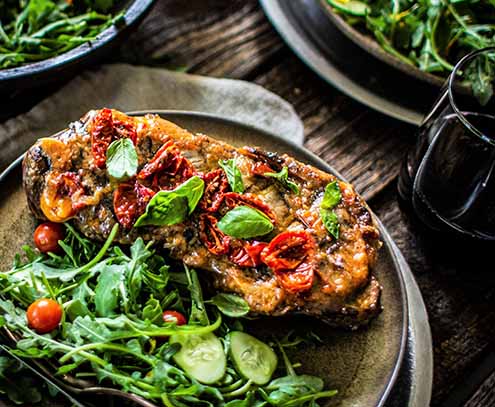
[10] Enjoy grilled steak with your Zinfandel. This one is garnished with roasted tomato garlic butter Here’s the recipe.
|
|
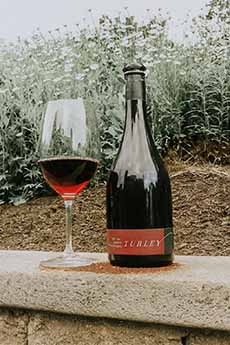
[1] Turley Cinsault from the famous Bechthold Vineyard, first planted in 1885 (photo © Bin 412).

[2] Enjoy Cinsault with this recipe for Grilled Five-Spice Chicken with Cucumber Peanut Salad (photos #2, #4, #6, #8, and #10 © California Wine Institute).

[3] Grenache from A Tribute To Grace Wine Company (photo © Vintage 38 Wine Bar & Merchant).
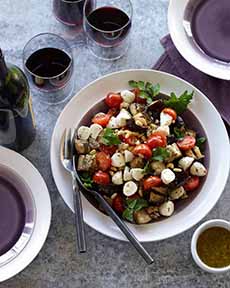
[4] Enjoy a glass of Grenache with this Grilled Eggplant and Tomato Salad with Parsley Parmesan Vinaigrette. The recipe.
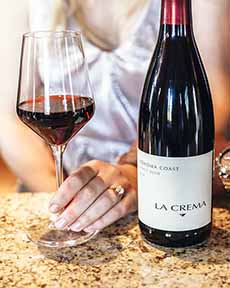
[5] Pinot Noir, is elegant and versatile. La Crema’s Sonoma Coast bottling is a crowd pleaser (photo © La Crema Winery).
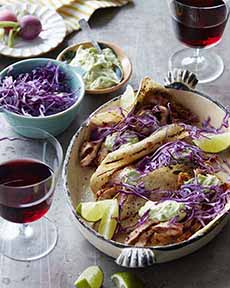
[6] Pinot noir pairs with elegant fare down to everyday pork tacos. Here’s the recipe for these Pork Tacos with Garlic Grilled Tortillas and Avocado Cream.

[7] Valdiguié, a lesser-known grape that’s similar to Gamay (photo © Ridge Vineyards).
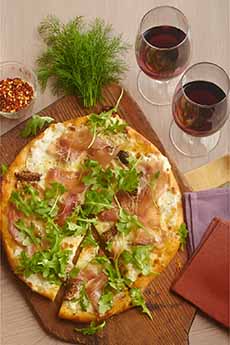
[8] An easy dinner: homemade pizza with prosciutto, arugula, figs, and mozzarella. Here’s the recipe.
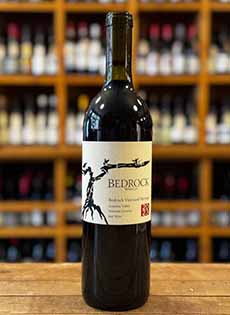
[9] The highly-rated Bedrock Wine Company’s Bedrock Vineyard Heritage Zinfandel focused on old-vine vineyards and heritage blends (photo © Dandelion Wine Shop).
|
